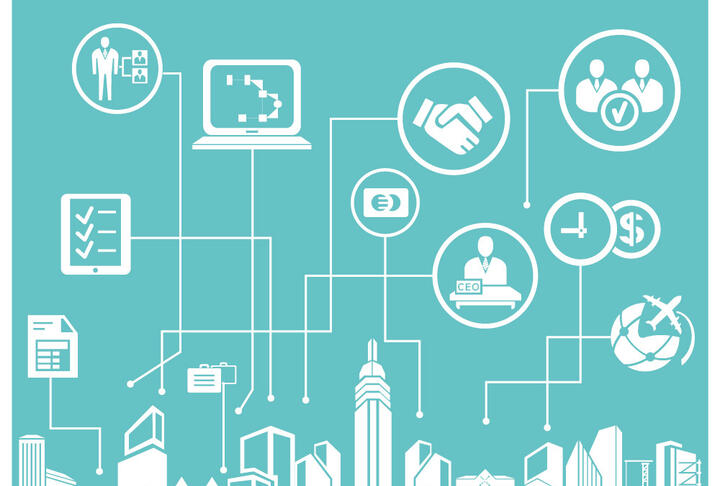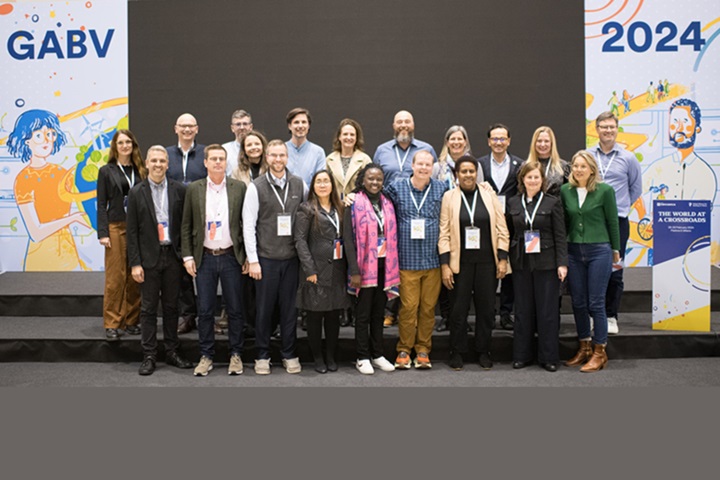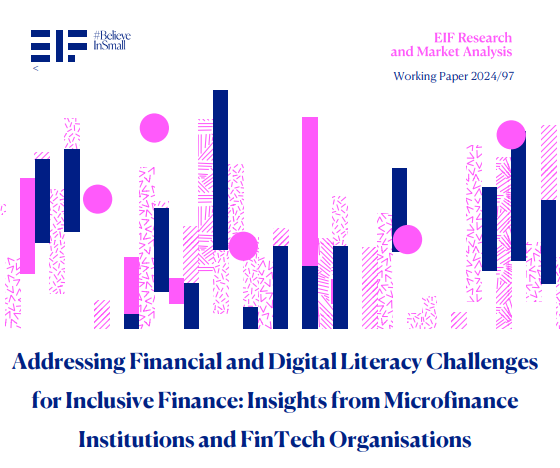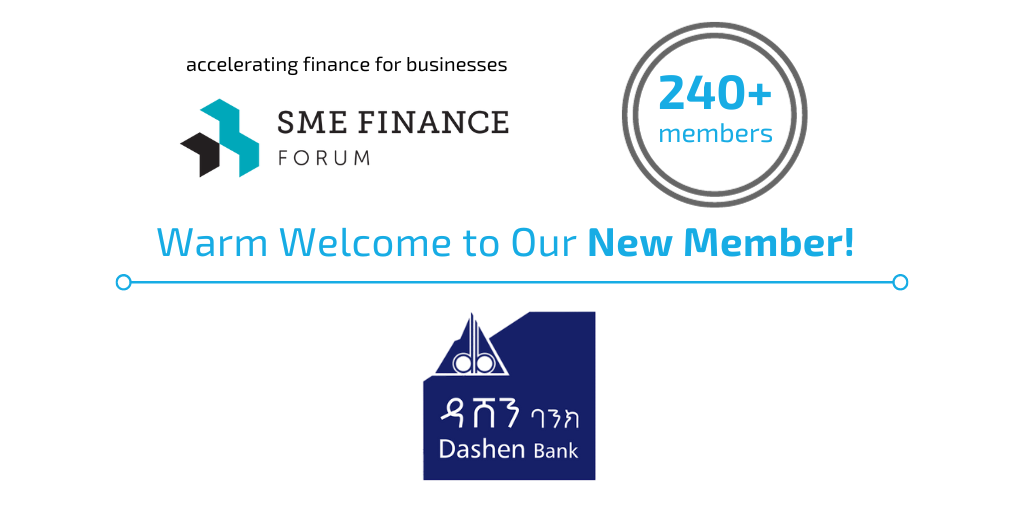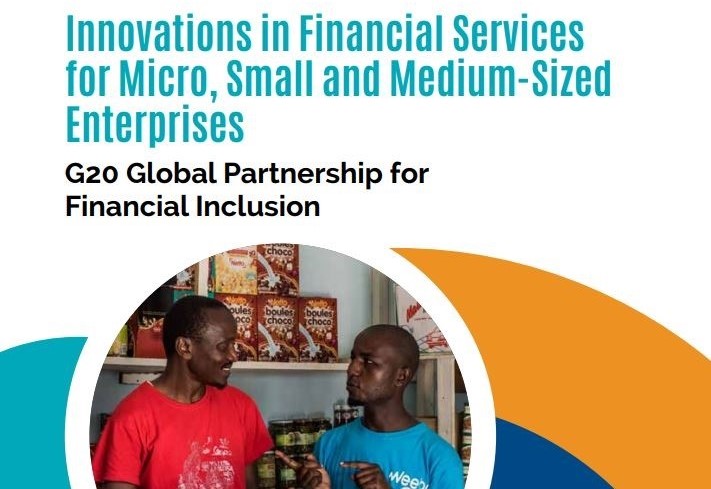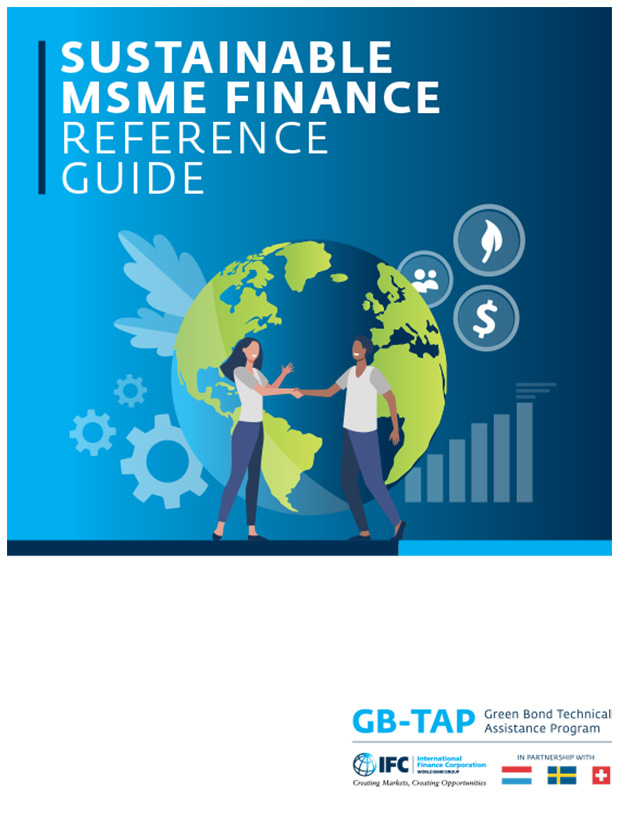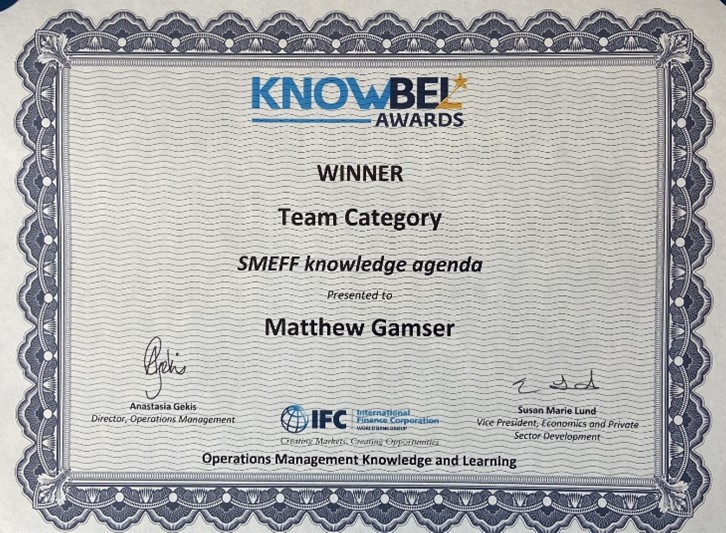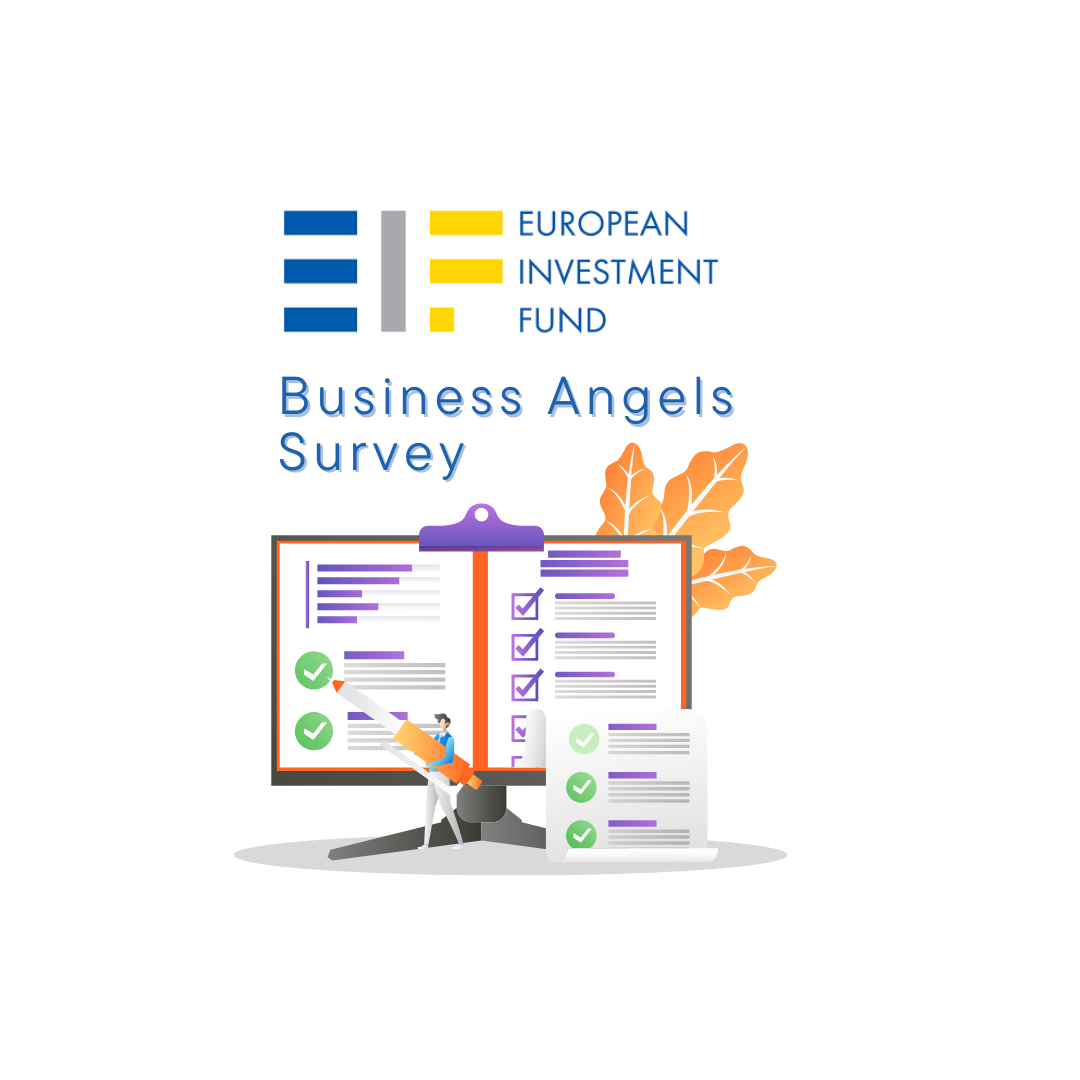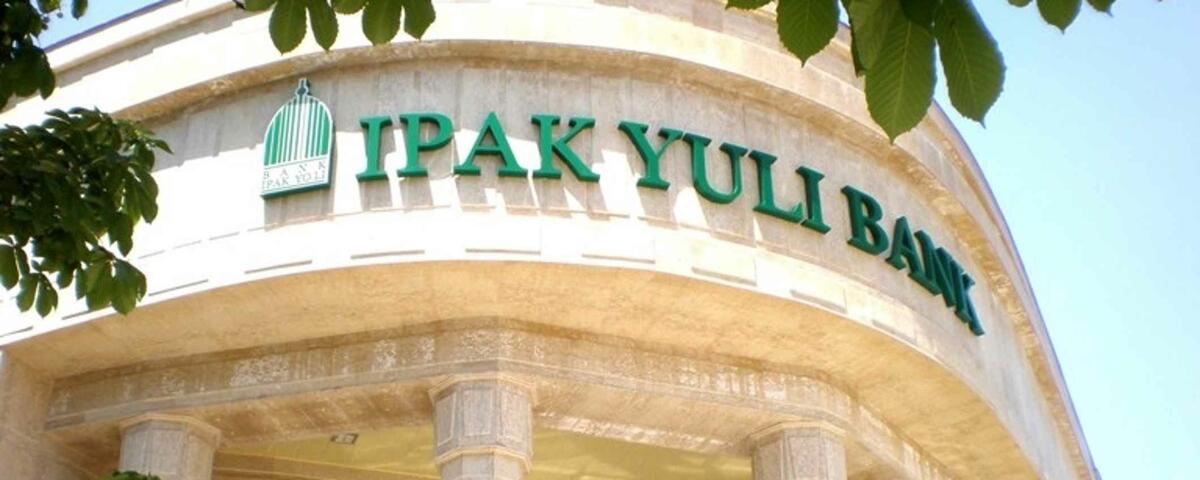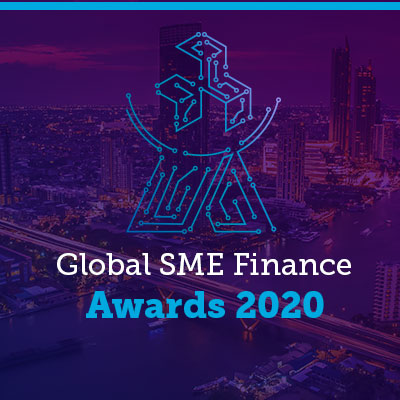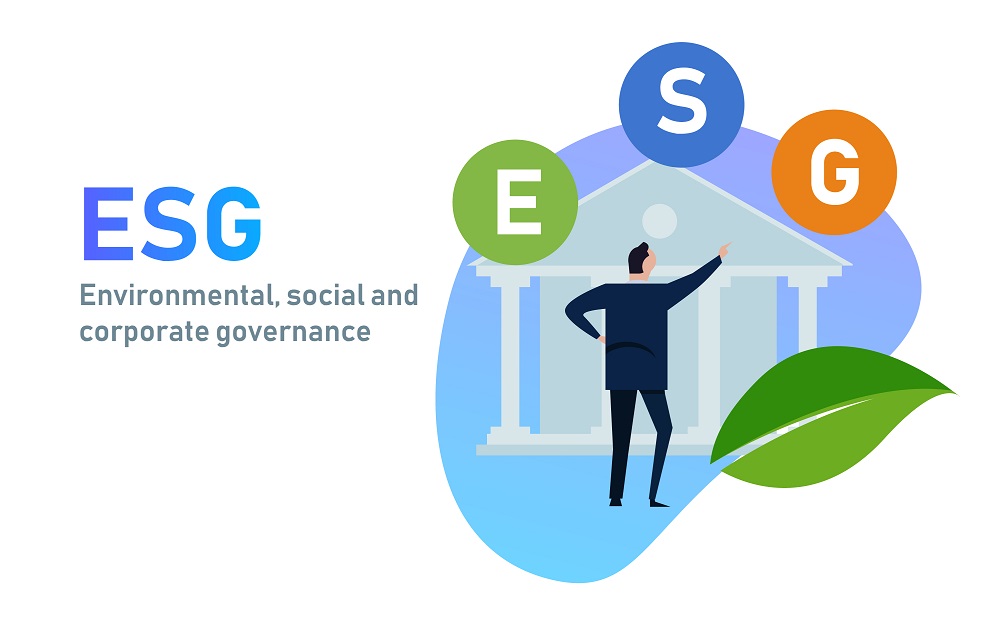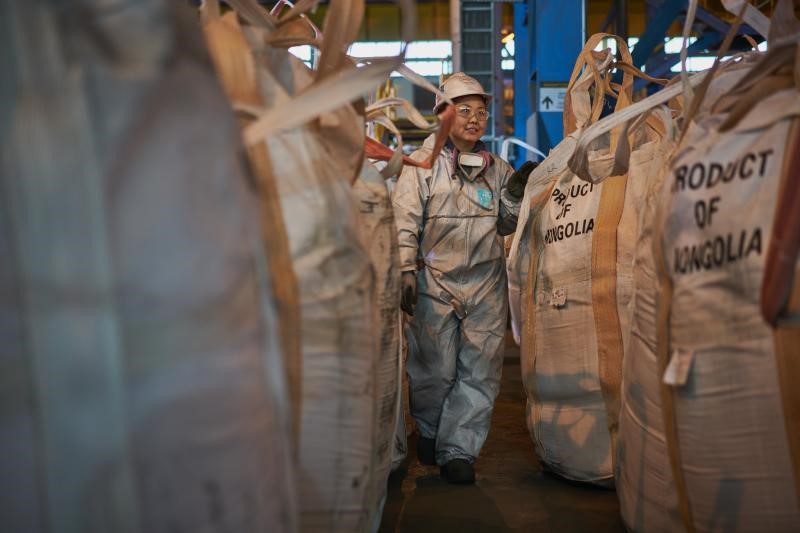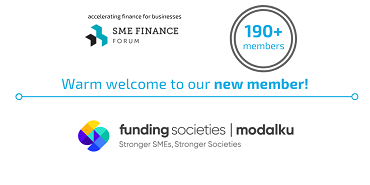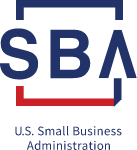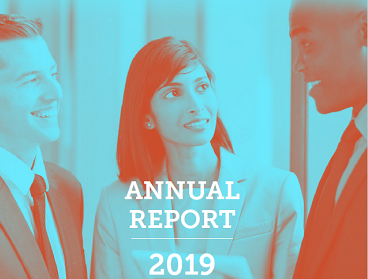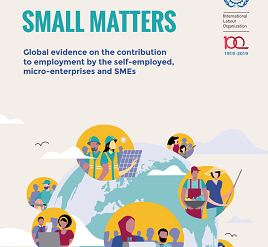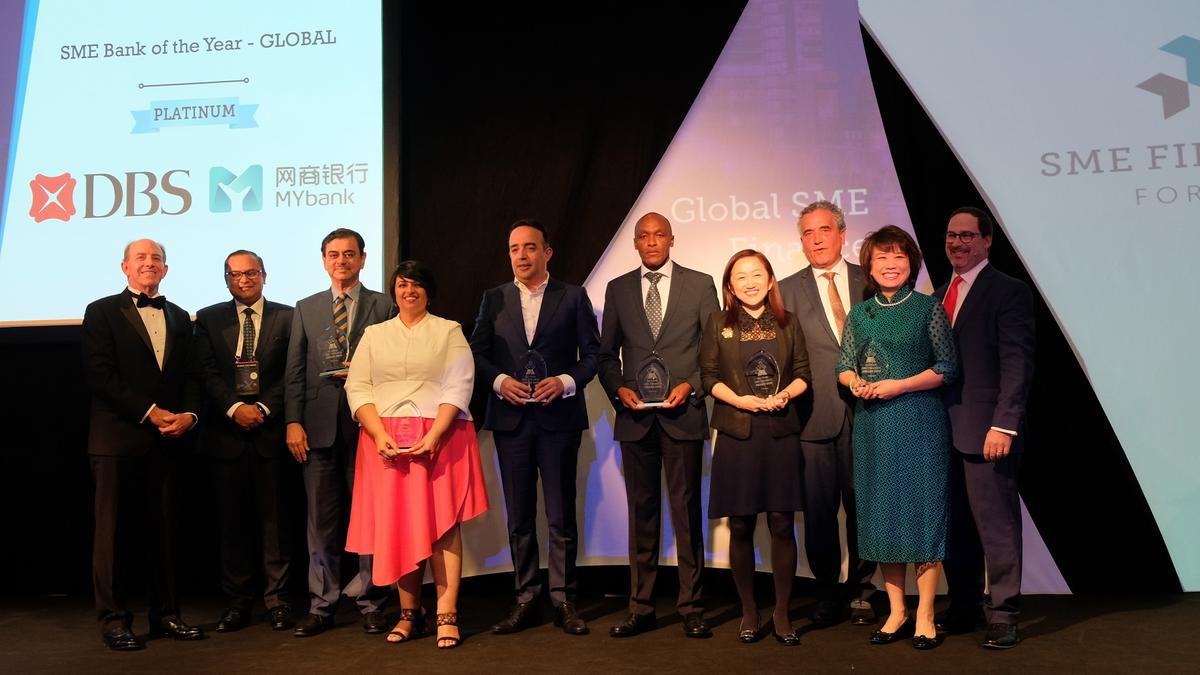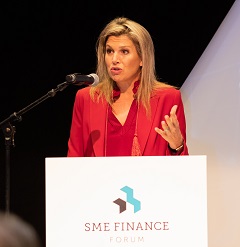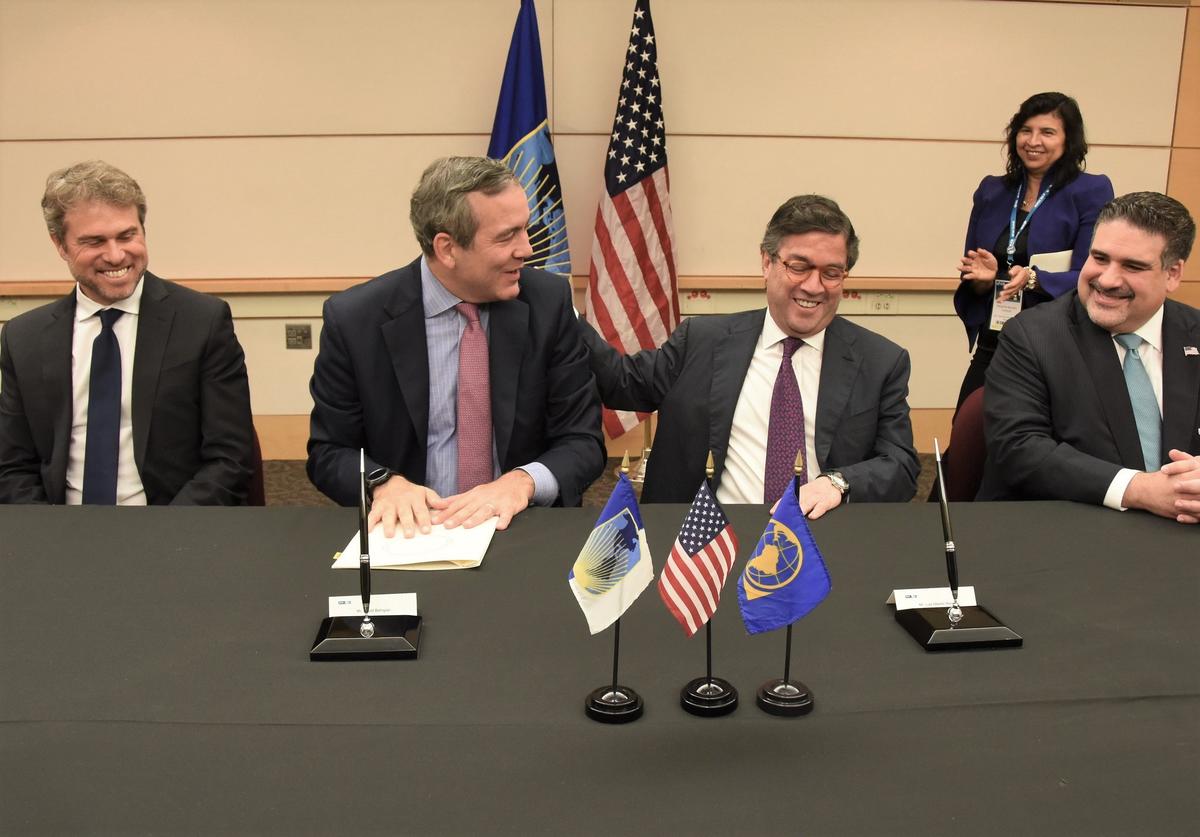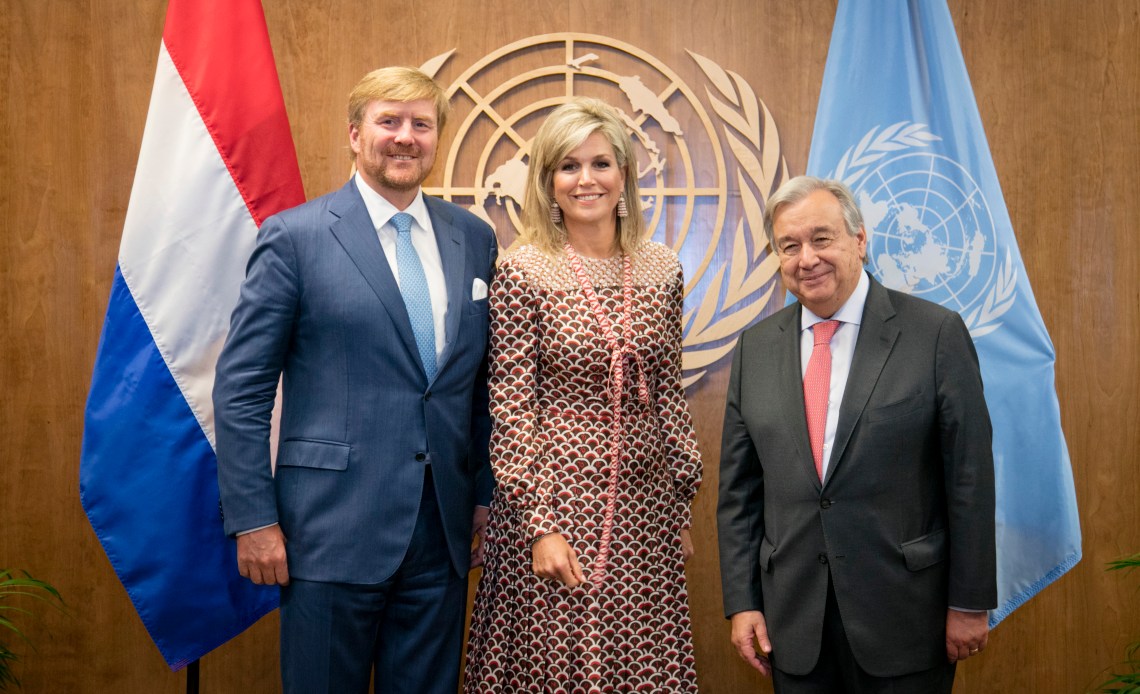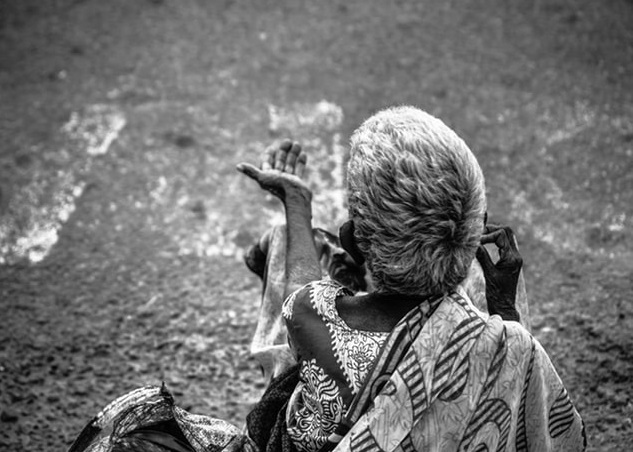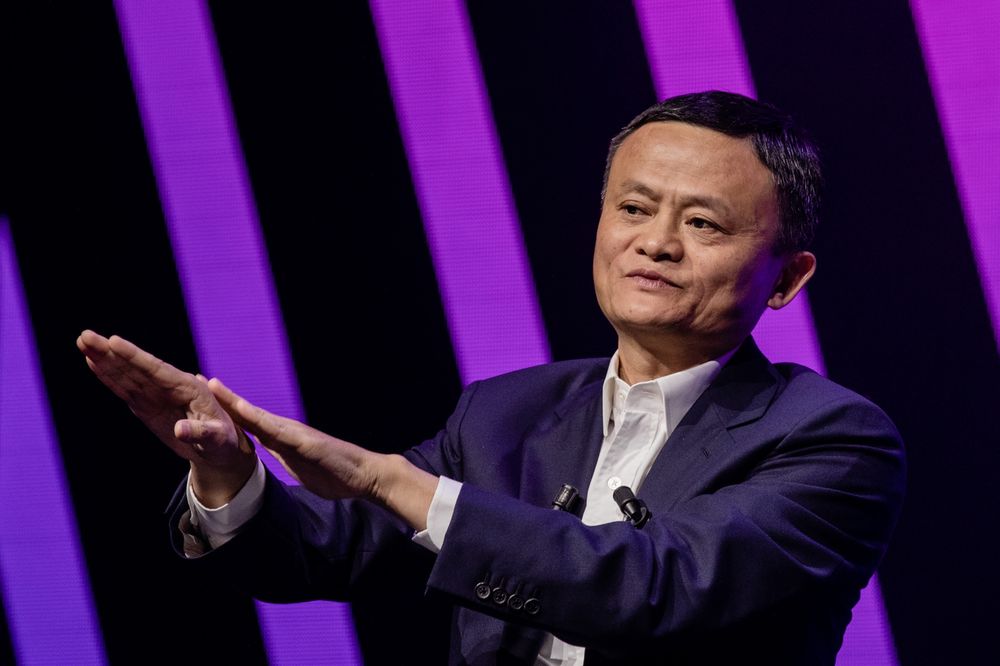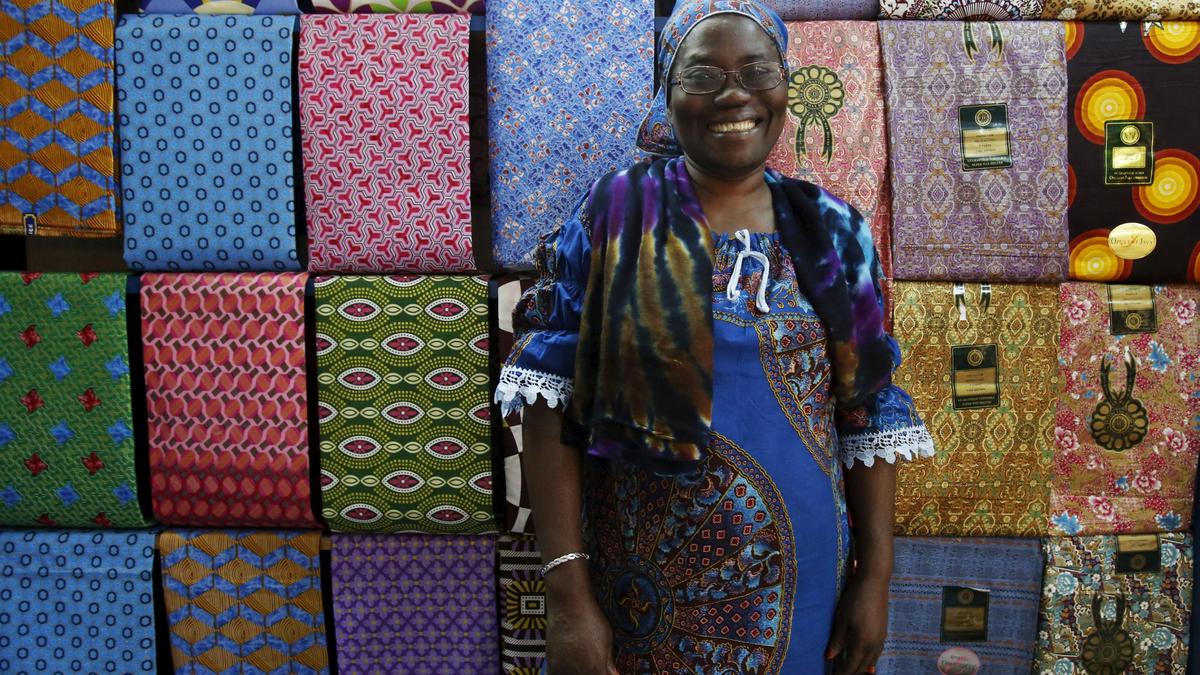This brief covers the highlights from the 2017 CGAP Funder Survey, which reports funding commitments from 54 international funders, both public and private, as of the end of 2017. One of the key takeaways from the latest CGAP Funder Survey is that international funders committed US $42 billion to financial inclusion in 2017—a double-digit percentage increase from the prior year. For the first time in five years, public funding has grown faster than private funding.
The 2017 Funder Survey shows that DFIs continue to be the largest funders of financial inclusion. And their instruments and business models drive what is being funded—namely, financing the loan portfolios of FSPs (either directly or indirectly) through debt. This is especially the case for areas such as micro and small enterprise finance or rural and agricultural finance, which have historically received DFI attention.
As funders venture into digital financial services (DFS), their interventions focus on building the necessary ecosystem for DFS to thrive as opposed to mostly funding the loan portfolios of financial services providers (FSPs). Because DFS ecosystems are not yet fully developed, funders are focusing on infrastructure, policy, and capacity building, evidenced by a quadrupling of funding for these components in 2017.
And while debt funding continues to be the main funding instrument, equity funding has been on the rise, and grants have declined for the first time in a decade. While this decline in grants is observed across all regions, it is most pronounced in Europe and Central Asia and Latin America and the Caribbean.


